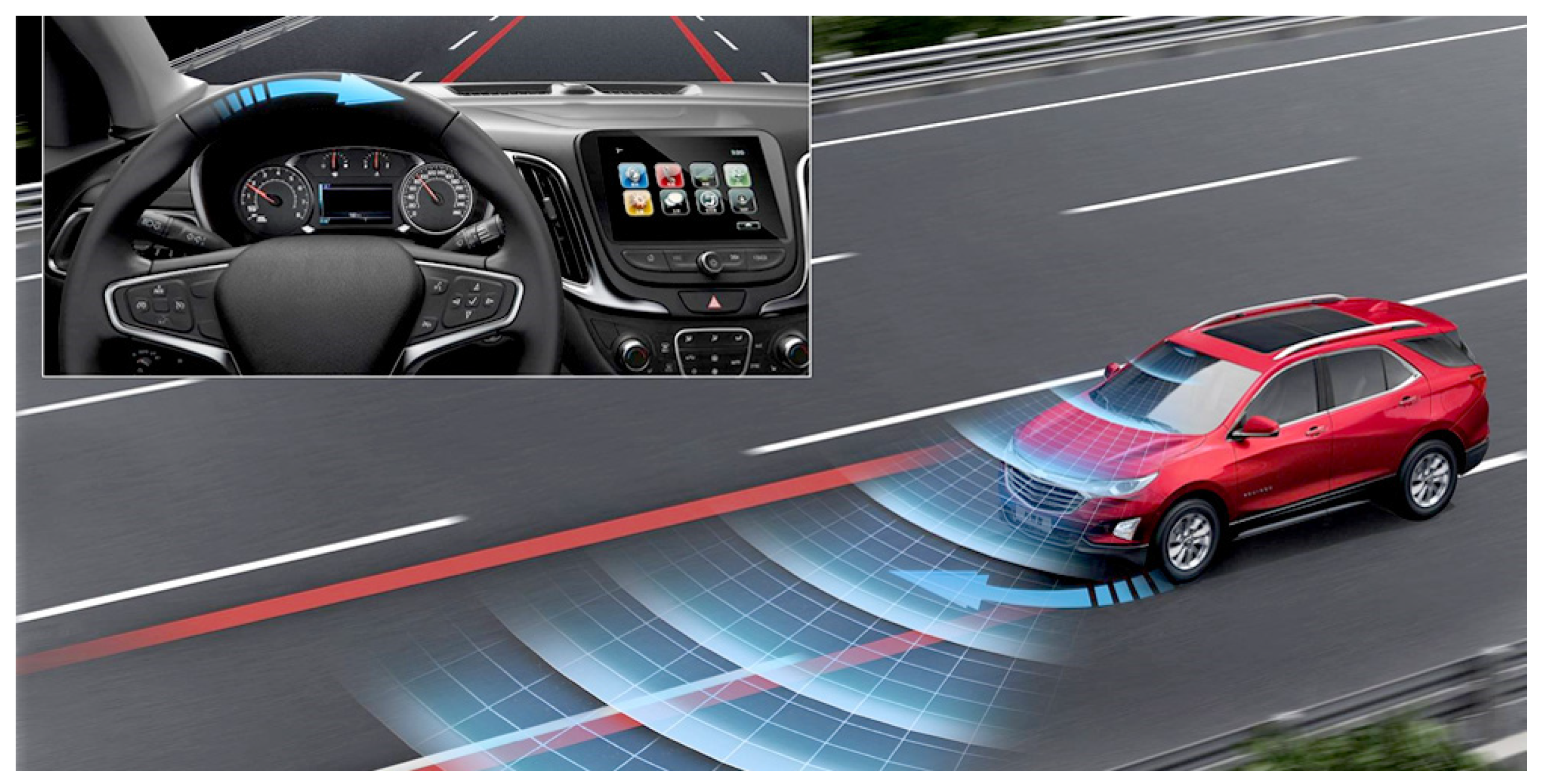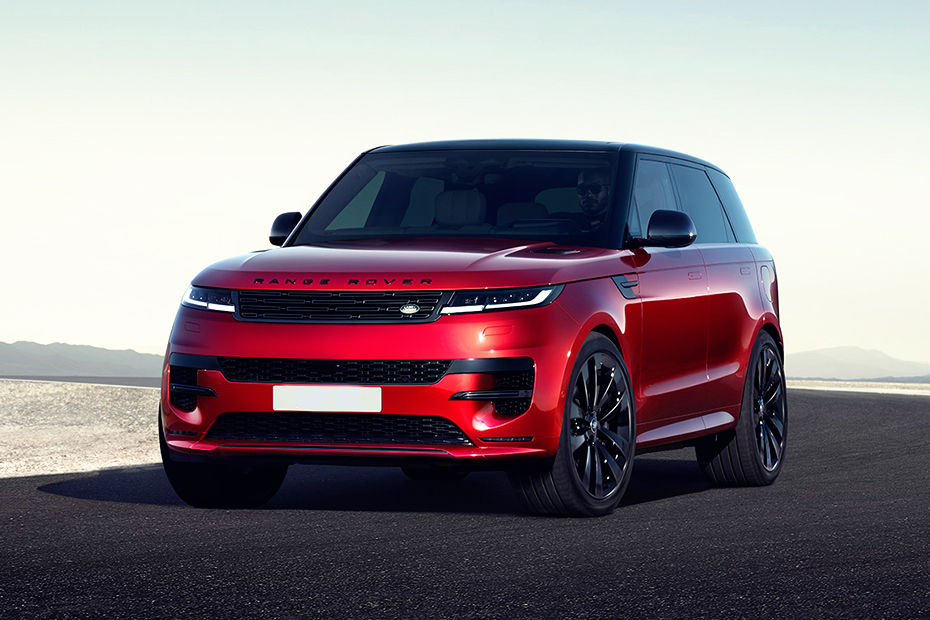
At the heart of this revolution are the intricate systems that make it possible for a vehicle to perform tasks with minimal human intervention. The motor, especially the brushless DC (BLDC) motor, is one of the most important parts of these systems.
From steering and braking systems to sensor adjustments, BLDC motors play a significant role in Advanced Driver Assistance Systems (ADAS), which are the foundation of autonomous driving. This article explores the importance of BLDC motors, specifically the inrunner BLDC motor, in ADAS and how brushless DC motor manufacturers are contributing to the evolution of autonomous vehicles.
Table of Contents
The Role of ADAS in Autonomous Vehicles
By helping drivers with duties like lane maintaining, adaptive cruise control, emergency braking, and parking, ADAS are intended to improve vehicle safety. These systems depend on an intricate web of cameras, sensors, and control units, all of which need to function precisely and dependably.
As vehicles transition from being driver-assisted to fully autonomous, ADAS systems will become even more advanced, requiring components that are not only high-performing but also highly efficient.
Why Brushless DC Motors are Critical for ADAS
Effective and dependable actuation systems are essential to every ADAS. Motors are necessary for everything from precisely managing the driving to altering the camera’s angle.
Brushless DC motors offer several advantages that make them ideal for use in ADAS, including high efficiency, precise control, durability, and low maintenance. These characteristics align perfectly with the demands of autonomous vehicles, where long-term reliability and efficiency are critical.
Because BLDC motors don’t use brushes for commutation like conventional brushed motors do, wear and tear is greatly decreased. They are therefore ideal for usage in vital automotive parts that must function dependably for extended periods of time.
Additionally, the electronic commutation in BLDC motors ensures precise and accurate control—key factors in systems such as automatic steering or brake-by-wire technologies in ADAS.
Inrunner BLDC Motors in Autonomous Vehicles
When it comes to compact and high-speed applications in ADAS, the inrunner BLDC motor is a preferred choice. In an inrunner BLDC motor, the rotor is housed inside the stator, allowing for higher RPM (rotations per minute) and more compact design. This makes inrunner motors ideal for applications that require high performance in limited spaces, such as electric power steering, automatic braking systems, and even in controlling sensors and cameras that make up the “eyes” of autonomous vehicles.
The compact nature of inrunner BLDC motors allows them to be integrated seamlessly into various ADAS components. For instance, electric power steering systems require precise control and responsiveness, which can be achieved using a compact yet powerful motor like the inrunner BLDC. Similarly, in automatic braking systems, fast response times are essential, and the high RPM and torque density of inrunner BLDC motors ensure that these systems perform effectively under critical conditions.
Energy Efficiency and Thermal Management
An important factor in the design of autonomous vehicles is energy efficiency. Since these vehicles rely heavily on electronic systems and sensors, managing power consumption is crucial. Brushless DC motor manufacturers have designed motors that operate at high efficiency, conserving energy while delivering superior performance. This energy-saving capability is particularly important for electric and hybrid autonomous vehicles, where battery life directly impacts the vehicle’s range and usability.
Thermal management is another critical area where BLDC motors outperform traditional options. Autonomous vehicles have a higher concentration of electronic systems, and excessive heat can lead to performance issues or even system failure. BLDC motors, especially inrunner designs, generate less heat due to their efficient design, which reduces the need for additional cooling systems, ultimately saving space and energy in the vehicle.
Durability and Low Maintenance
One of the key features of BLDC motors that make them ideal for autonomous vehicle applications is their durability. As autonomous vehicles are expected to operate for long hours with minimal downtime, the components within them need to be reliable and require little maintenance. Because BLDC motors are brushless, they require less maintenance and have a longer operating life than traditional brushed motors. This makes them especially suited for critical ADAS functions that need to operate continuously without human intervention.
For instance, in adaptive cruise control systems, the motor controlling the throttle and brake must perform flawlessly over time. With their low-maintenance design, BLDC motors can meet these demands, ensuring that the ADAS continues to function efficiently, even after years of operation.
The Future of BLDC Motors in ADAS and Autonomous Vehicles
As the development of autonomous vehicles continues to accelerate, the role of brushless DC motors will become even more significant. Brushless DC motor manufacturers are constantly innovating to meet the growing demands of ADAS and other vehicle systems, making BLDC motors even more efficient, compact, and reliable. With improvements in motor control algorithms, thermal management, and power efficiency, BLDC motors are set to become indispensable in the future of autonomous vehicles.
Moreover, the inrunner BLDC motor’s unique combination of high speed, compact size, and energy efficiency makes it ideal for the precise control needed in advanced ADAS features like lane-keeping assist, adaptive headlights, and emergency braking systems. As the technology behind autonomous driving matures, the use of inrunner BLDC motors in these applications will only expand.






